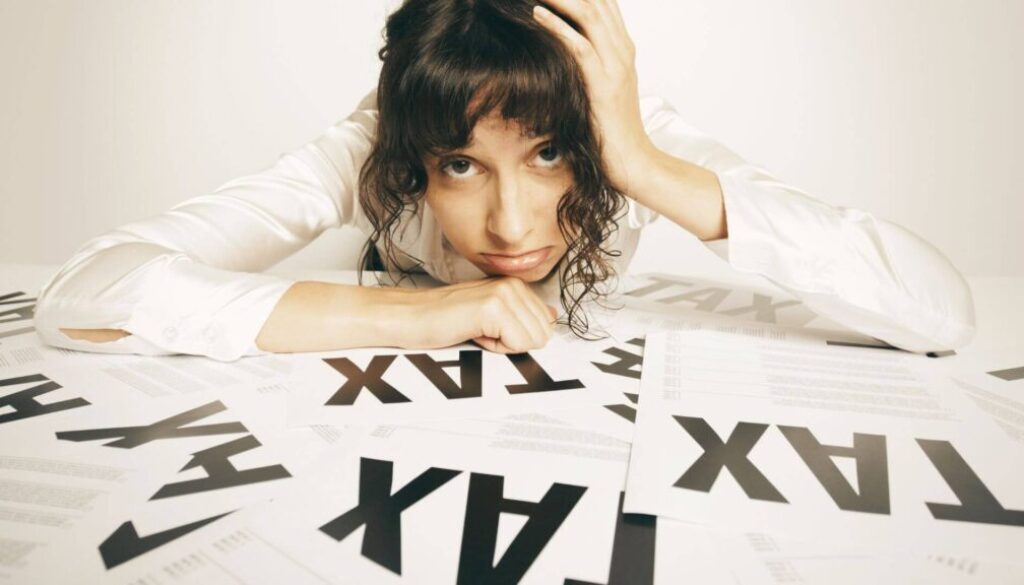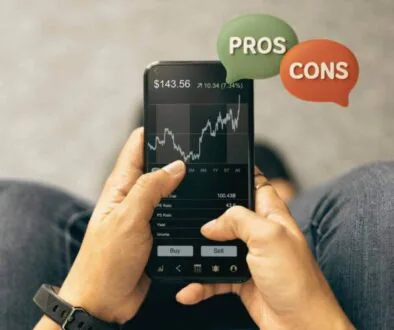Tariffs Are Taxes: So, Who Really Pays?
In the heat of political debates and economic discussions, “tariffs” often get tossed around like tools of national strength. But here’s the unvarnished truth that rarely gets front-page attention: tariffs are taxes. And like all taxes, someone has to foot the bill. Spoiler alert—it’s usually not the corporations or foreign governments you might think. It’s you. It’s me. It’s the everyday consumer.
So let’s unpack this a bit. What are tariffs, who actually pays them, and why does this topic spark so much political gymnastics?
What Is a Tariff, Really? (In Simple Terms)
A tariff is a tax paid on imported goods from different countries. The goal? Increase the cost of international goods so that local ones look to be a better value. This approach is supposed to help local companies.
Though it may look great on paper, tariffs actually don’t impact foreign manufacturers as much as you would assume. Rather, the additional expense usually passes through the supply chain, straight down to the consumer.
The Reality: Consumers Foot the Bill
Here’s how it plays out in real life. Say there’s a 25% tariff on imported electronics. The American company bringing in those goods has to pay that tax upfront. To stay profitable, they raise their prices. Retailers follow suit. And by the time the product reaches the shelf, you’re the one paying more.
This truth was laid bare in a recent congressional hearing when Treasury Secretary Scott Bessent struggled to answer the simple question, “Who pays tariffs?” The honest answer, no matter how uncomfortable, is clear—we do.
Why the Corporate Tax Argument Falls Short
There’s a popular political talking point that corporations should “pay their fair share” when it comes to taxes. But here’s where things get misunderstood. A corporation isn’t a living, breathing entity—it’s a tax ID number and a logo. Real people make up the company: workers, shareholders, and yes, customers. When a corporation faces higher costs—whether from taxes, regulations, or tariffs—those costs are almost always passed on.
It’s like squeezing a balloon. The pressure doesn’t disappear—it just shifts somewhere else.
Tariffs as Hidden Taxes
Tariffs are often called “hidden taxes” because they’re not as obvious as, say, income tax. You won’t see “tariff” listed on your receipt when you buy a product, but it’s there—inflated into the final price. They affect everything from groceries to electronics to clothing. And while politicians may promise that tariffs will “level the playing field,” they often hit lower- and middle-income families the hardest.
That $800 washer and dryer combo you were eyeing? Thanks to tariffs, it might now be $950. Same machines. Same quality. But more money out of your pocket.
So, What’s the Alternative?
Trade policy is a difficult subject. It’s about realizing their knock-on consequences rather than about being “for” or “against” of tariffs. Policies that boost innovation and productivity rather than ones that silently grow daily expenses would help working Americans if that is the aim.
Transparency is really essential. We must start calling tariffs what they are: taxes on the American people instead of viewing them as magical revenue instruments or political negotiating chips.
Final Thoughts
Although tariffs sound like a means of payment for foreign producers, in reality American consumers usually suffer most. Voters and citizens must get past political hype and realize the actual effects of economic policy.
Regarding tariffs, the answer to “Who pays?” is straightforward: each of us does.
Watchdog for Wall Street
It is the mission of “Watchdog on Wall Street” to protect the best interests of everyday individuals. Chris Markowski offers insightful commentary on topics that are relevant to his listeners.
For the most recent events, economic shifts, and financial updates, visit Watchdog on Wall Street podcast.




